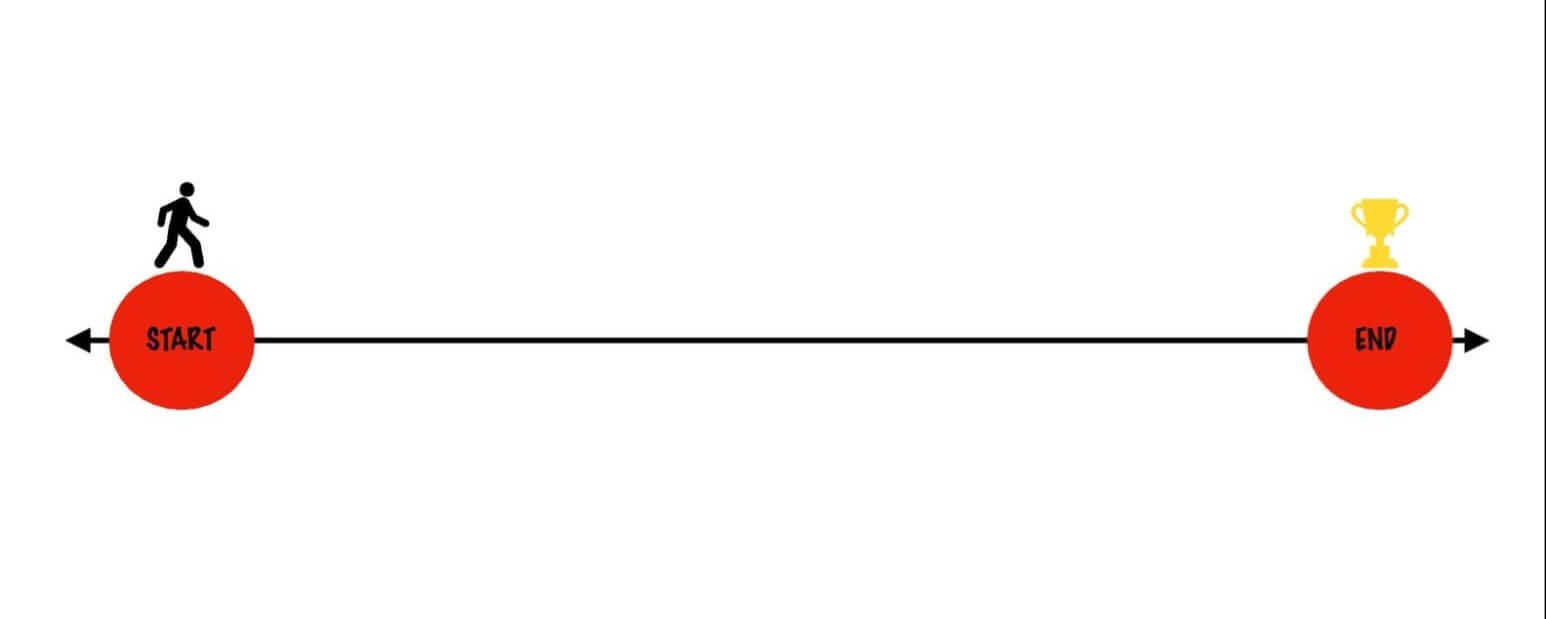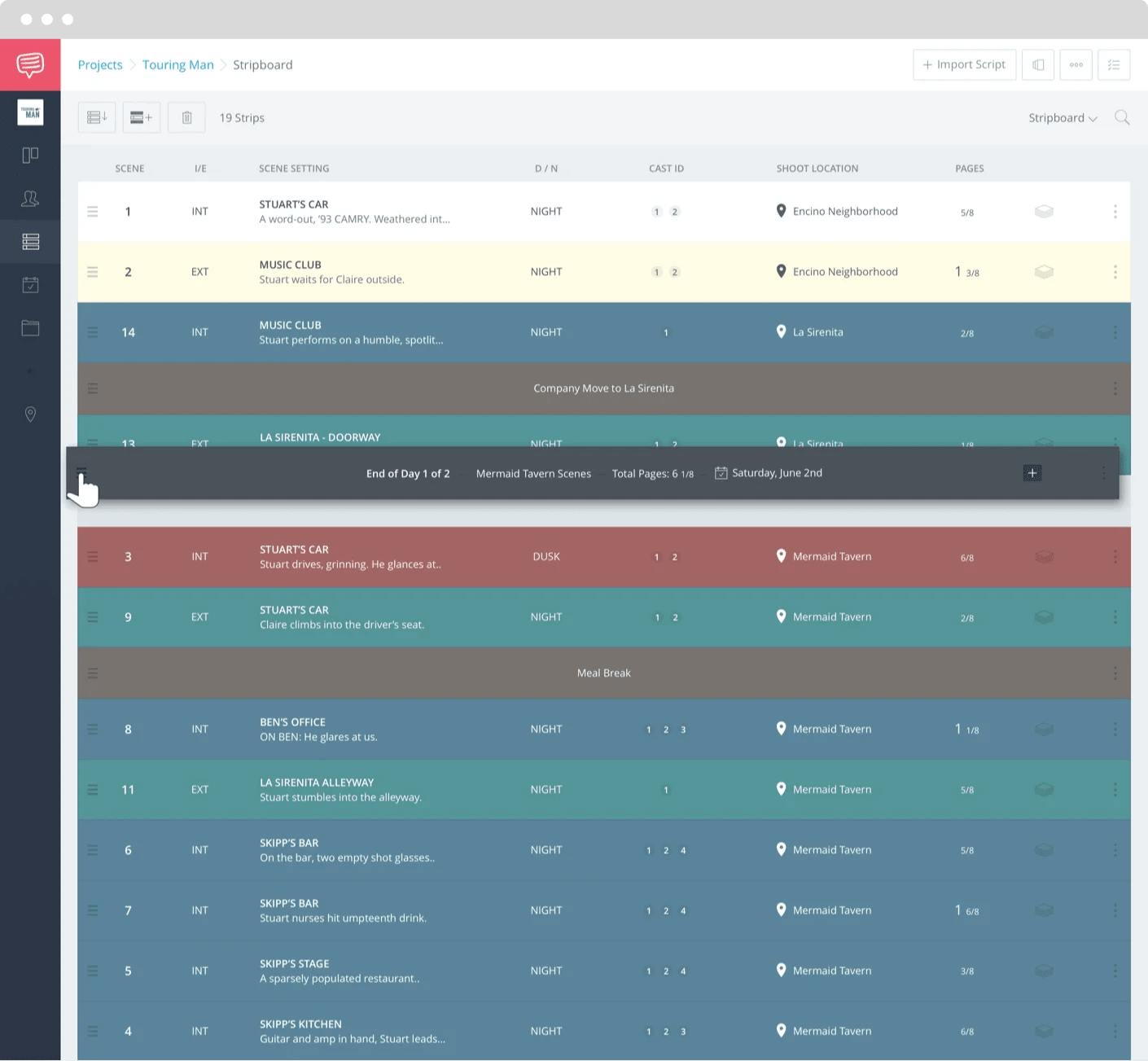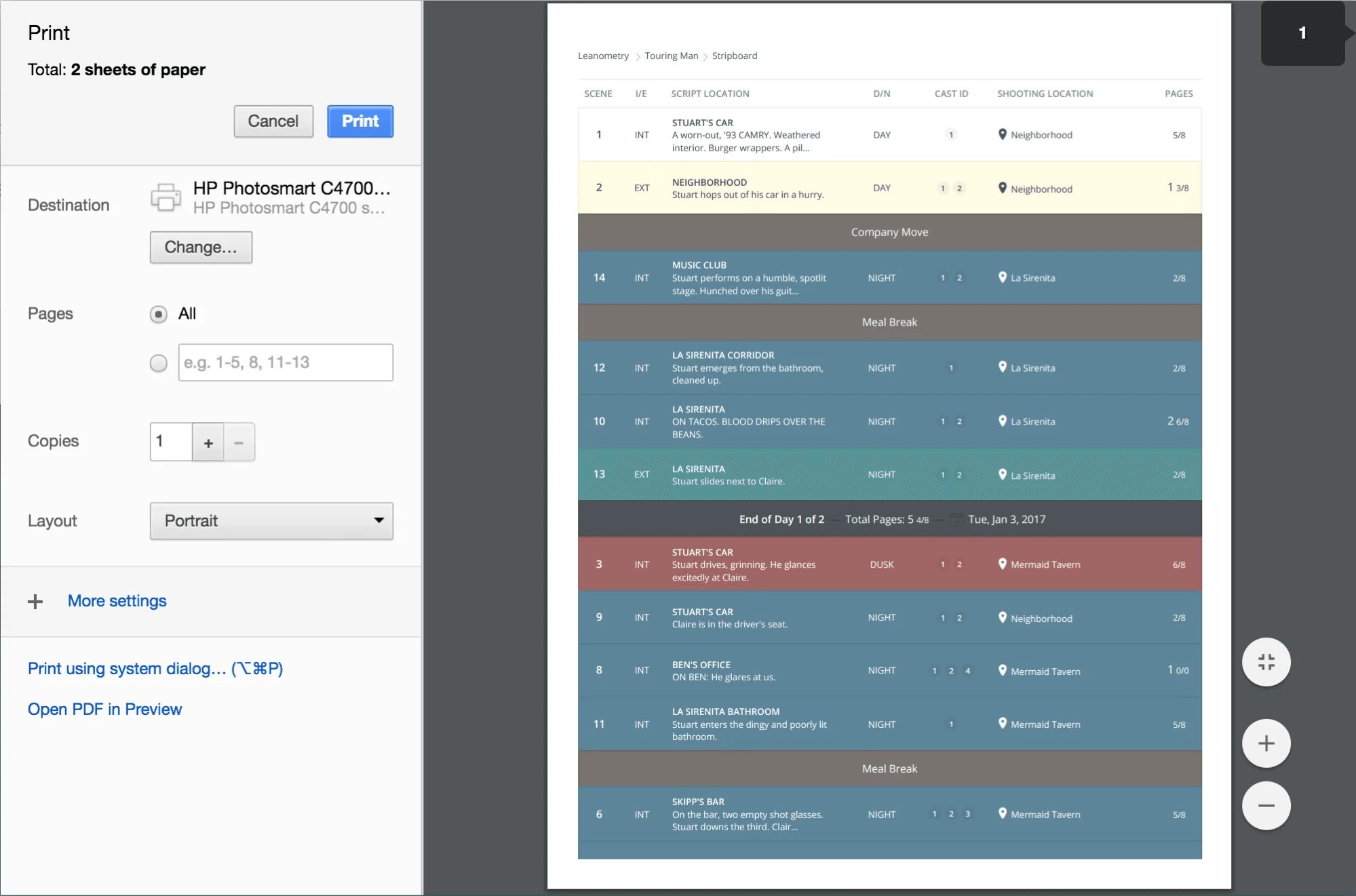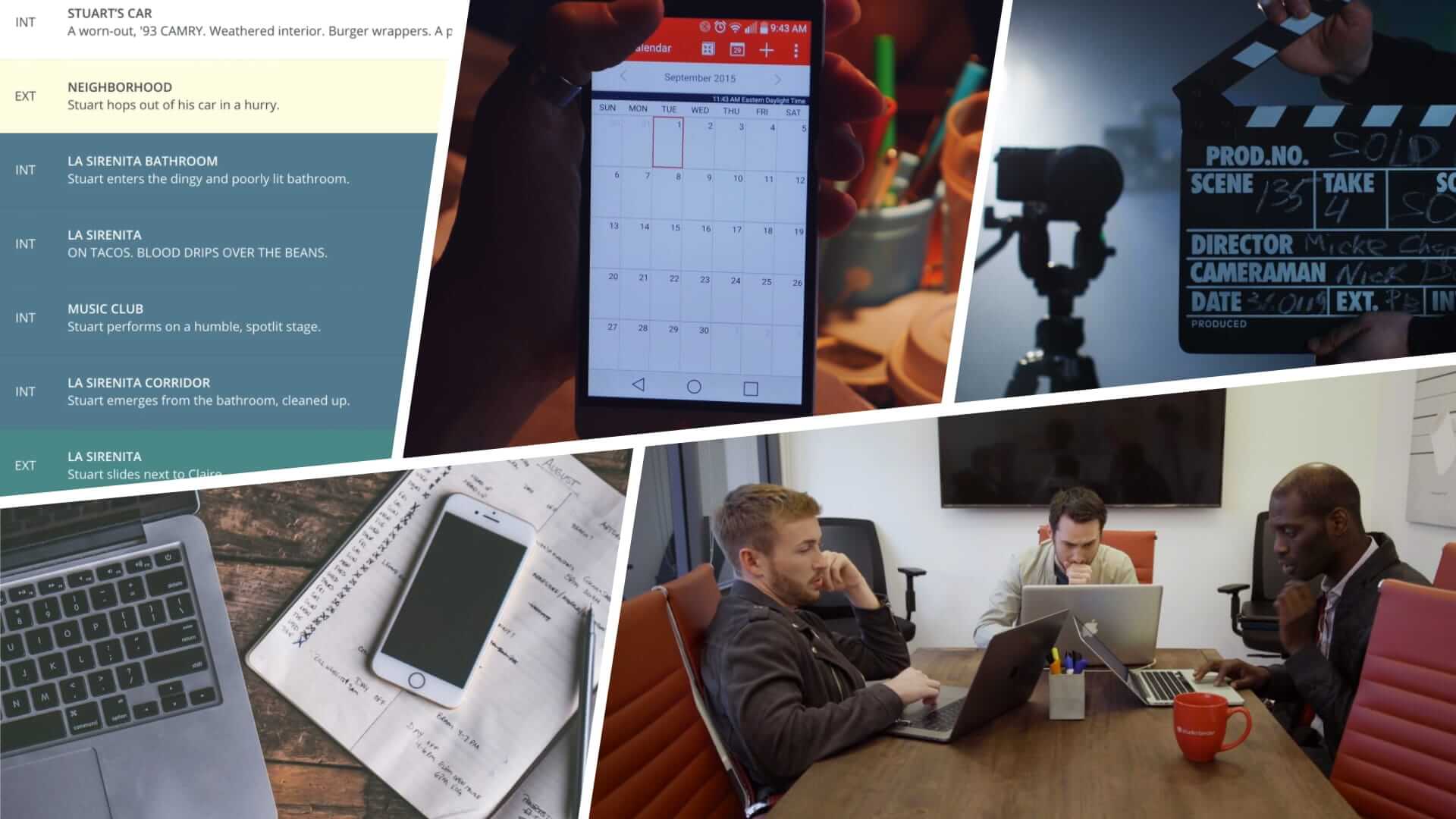Short films are unique in the sense that they’re usually produced under tighter budgets and stricter time-frames than their feature-length counterparts. As such, we thought it would be a good idea to break down how to make a short film schedule, so you can plan your production as efficiently as possible. By the end, you’ll have everything you need in order to create a short film schedule and stick to it.
Short Film Production Schedule Template
What is your time frame?
The first question you need to ask is yourself: what is my time frame?That answer will vary depending on what you plan to do with your short film.
Want to shoot a short for a festival in two months? You can – but you’re going to need to rush all three stages of production:
Want to shoot a short for college applications next year? You absolutely can — and you’ll have plenty of time to prepare.
Think of a production this way: if a production is a Pringles can, the stages of production are the chips. Short productions are mini Pringles cans. Long productions are tall Pringles cans. The more time you give yourself, the more cushion you’re going to have to add pieces to your production. Catch my drift?
So, step one: draw a timeline. And make it BIG. Write your start date on the left side and your end date on the right side — and stick to it. Some short film productions are easier than others.
For example, I participated in weekly short film festivals in college — the organization gave us equipment for the purpose of producing a short film in one week. Once the week was over, we returned the equipment and watched all of the films.

Short Film Schedule Template: The Easy Path
Not every organization enforces its timeline so rigidly – which means YOU need to be responsible for sticking to your shooting schedule. Oftentimes, that timeline is going to be riddled with obstacles.

Short Film Schedule Template: The Hard Path
We’re going to show you how to confront those obstacles... proactively! Remember, preparation is the key to success.
Short Film Production Schedule Tips
Schedule before cast and crew
Organization is the great equalizer in all film productions. And there’s no greater tool for organization than a schedule. That’s why you need to make a schedule as early in the production process as possible, aka before you start thinking about cast and crew.
Think about it: what’s the first thing somebody is going to say when you ask them to join your production? Chances are… it’s going to be “when?”
That’s when you whip out your handy dandy schedule. But how do you make a short film schedule? Let’s jump in.
Short Film Schedule Template
Making your short film schedule
There are a lot of factors in determining what goes into a film schedule.
The first thing you should do is create a master sheet, similar to the timeline we outlined earlier. This will serve as a macro representation of your production.
The second thing you should do is create a stripboard. We’ll break down stripboards in a bit, but first, let’s take a look at a great, comprehensive video on short film scheduling from Nadia Fedchin.Short Film Production Schedule Template • How to Schedule a Short Film by Nadia Fedchin
Okay, now let’s break down how to make a shooting schedule in StudioBinder.
Short Film Schedule Template • Subscribe on YouTube
StudioBinder’s shooting schedule software makes the process of creating a stripboard easy and aesthetically pleasing.

Short Film Production Schedule Template • Shooting Schedule Example in StudioBinder
It’s free to get started, so consider giving it a shot! If you want to stick with an arts and crafts approach, format your page in a similar way, with scenes separated by interior or exterior, location, time of day, cast members, and script pages.
Share Your Short Film Schedule
Sharing your schedule
Once you complete your schedule, you’re going to want to share it. If you’re using StudioBinder, you can share the schedule in the app! Or print out the stripboards and share them on set.

Share Your Short Film Schedule • Shooting Schedule Print Page in StudioBinder
If you used another program, you can export the file via a share setting, then email or text it to team members.
Short Film Production Schedule
Stick to your schedule
Sticking to schedule is arguably the hardest thing to do on a film set. Why? Because everything that can go wrong will go wrong. That’s why preparation is the great key to sticking to schedule. But how do you prepare for things to go wrong? Buffer time!
Naivete screws productions more than anything else. If the GPS says it will take 45 minutes to get from one shoot to the next, schedule AT LEAST an hour of travel time. If a three page shoot is supposed to take 2 ½ hours, schedule AT LEAST 3. Chances are... nobody will ask questions.
In fact, they’ll probably commend you for “keeping things on schedule.” The reality is that you just planned for the unexpected; because trust me: the unexpected will happen. Whether it be a traffic jam, a missing camera lens, or something else entirely.
Up Next
Pro Tips for Creating a Better Schedule
Now that we’ve touched on the basics of film scheduling, let’s move onto some pro tips. That’s exactly what we do in our next article by breaking down tactical tips for creating a better schedule. By the end, you’ll know how to make a schedule for feature-length films and short films.
Up Next: Shooting Schedule Tips →
Showcase your vision with elegant shot lists and storyboards.
Create robust and customizable shot lists. Upload images to make storyboards and slideshows.
